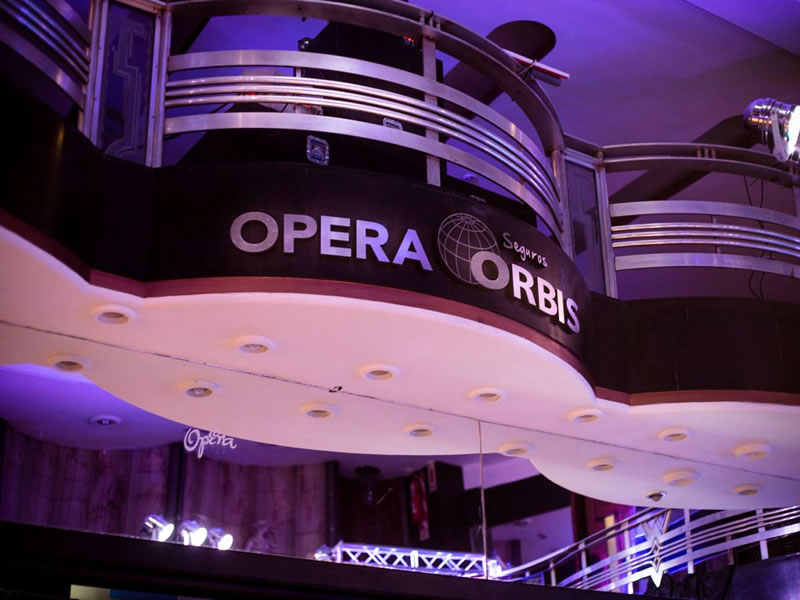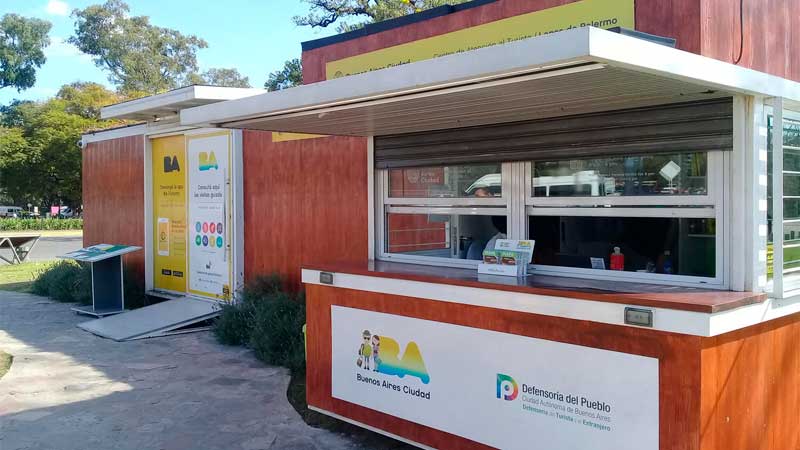The origin of the theater goes back to 1870, when the impresario Antonio Pestalardo glimpsed that Corrientes, which in those years was still a narrow street away from the center of Buenos Aires, would be encouraged by the installation of theaters. His project had many drawbacks, since the following year broke out the yellow fever epidemic, and to top it all, the city's port was closed, blocking the entry of materials that needed construction. Finally, Pestalardo achieved his goal and thus the "Teatro de la Ópera" was born, dedicated in principle to the lyrical genre and inaugurated on May 25, 1872 with the opera Il trovatore. It was the first in the city that had gas lighting, an exception for the time.
In 1889 the building had a total remodeling, financed by its new owner Don Roberto Cano; and Rufino Varela installed in the new building an electric power plant that allowed him to be self-sufficient, a privilege in the Buenos Aires of that end of the century. As early as 1936, the expansion of Corrientes Street announced that the narrow street would become an important avenue, and although the demolitions were carried out on the northern side of the street and it was not necessary to affect the theater building, its owner Clemente Lococo took advantage of the opportunity to build the third and final Teatro Ópera.
In short, the Opera House is one of the most important buildings in Buenos Aires, and one of the best pieces of architecture "Art Deco" in the city despite its late nature, since at the time of its construction, that style had ceased to be avant-garde.
Its façade is impressive, with a central volume of curved lines with columns and numerous elongated windows, ending in a fully recognizable telescopic tower that gives identity to the building. At its ends, the front is covered in black granite, and with axial symmetry it looks two strips covered in pieces of glass drawing concentric semicircular patterns very characteristic of the decoration «Art Deco».
The marquee is another element of great importance in this facade, since at night three large circular throat lamps illuminate the path, constantly changing color.



